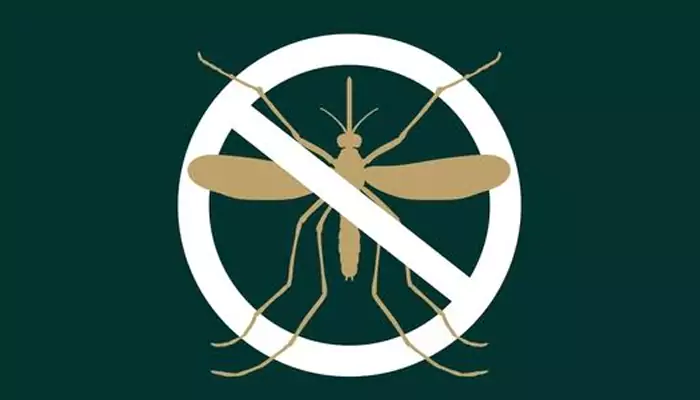
Picture this – you're fast asleep, wrapped in the comfort of your bed, when suddenly, a sharp pain jolts you awake. It's like an uninvited intruder, disrupting your peace – a charley horse.
This term, often used interchangeably with 'muscle spasm,' is familiar to many but understood by few. Let's dive into the world of charley horses, exploring what they are, their causes, and, most importantly, how to treat and prevent them.
What is a Charley Horse?
A charley horse is essentially a muscle spasm – an involuntary contraction of one or more muscles. While it can occur in any muscle, it's most commonly experienced in the legs. Imagine your muscle as a tightly clenched fist that refuses to relax; that's what a charley horse feels like. These spasms can last from a few seconds to several minutes, and the aftermath might leave your muscle sore for hours or even a day.
The Culprits Behind the Pain

What triggers these unwelcome spasms? The causes are as varied as they are complex. They include:
Inadequate blood flow to the muscle.
Muscle injuries or overuse, especially during exercise.
Extreme temperatures during physical activity.
Stress, particularly in the neck muscles.
Failure to stretch before exercise.
Nerve compression in the spine.
Side effects of certain medications, like diuretics.
Mineral depletion – low levels of calcium, potassium, or sodium.
Dehydration, a common yet often overlooked factor.
Charley Horses and Sleep
Interestingly, many experience charley horses during sleep. Lying in awkward positions for prolonged periods might be a contributing factor. Why these nocturnal spasms occur isn't fully understood, adding an element of mystery to the condition.
Who's at Risk?
Anyone can suffer from a charley horse, but certain groups are more susceptible:
Athletes, due to muscle fatigue and overuse.
Infants and older adults.
Individuals who are obese, possibly due to poor circulation.
People on medications like diuretics or statins.
Smokers, who may have compromised blood flow.
Diagnosing and Treating Charley Horses
Occasional spasms don't typically require a doctor's visit. However, frequent, recurrent charley horses call for medical attention to identify underlying causes. Diagnosis may involve a physical exam, MRI scans to check for nerve compression, or laboratory tests for mineral levels.
The treatment varies based on the cause:
For exercise-induced spasms, stretches, massages, heating pads, or ice packs can offer relief.
Over-the-counter anti-inflammatory medication can alleviate soreness post-spasm.
In recurrent cases, prescription pain medications or antispasmodic drugs might be necessary.
Physical therapy can be an effective approach for managing and preventing muscle spasms.
In severe cases, surgery might be considered to relieve nerve compression.
Alternative Relief and Prevention Techniques
During a spasm, applying pressure to the cramp site can help. If the charley horse is in your leg, try standing up, lunging forward with the non-cramping leg, or standing on your toes to stretch the calf muscles.
Preventing charley horses involves simple yet effective steps:
Stretch before and after exercising.
Avoid working the same muscle groups consecutively.
Exercise in mild weather conditions.
Stay hydrated and consider electrolyte-rich beverages.
Charley horses, while common and sometimes preventable, are more than just a nuisance. They're a signal from your body, an indicator of various potential imbalances or conditions. While most muscle spasms are harmless and short-lived, frequent occurrences warrant a conversation with your doctor. Understanding and addressing the underlying causes of charley horses can not only bring relief but also enhance your overall health and wellbeing.












